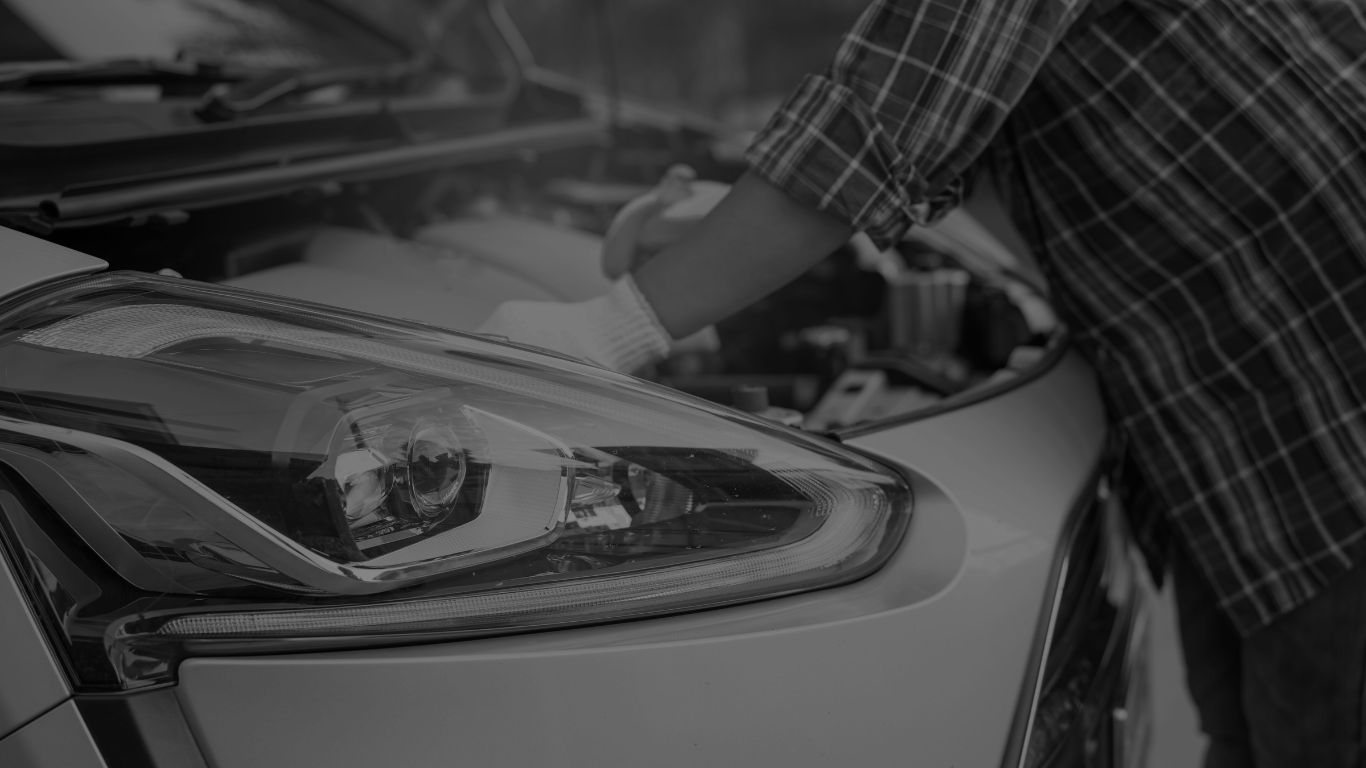5 Important Things to Remember Before Buying a New Car

1. Set a Realistic Budget Beyond Sticker Price
Think beyond the on-road cost. Your budget should factor in additional expenses like insurance, road tax, registration fees, accessories, and long-term maintenance. If you’re financing the purchase, ensure the monthly installment fits comfortably within your financial planning. Always leave some buffer for unexpected costs!
2. Do Thorough Research on Models & Features
Don’t be swayed solely by aesthetics or brand reputation. Compare models in your budget range on parameters like fuel efficiency (or range for EVs), safety ratings, infotainment and driver-assist tech, after-sales network, and resale value. Check for updates on upcoming launches and model refreshes—they may bring better value!
3. Prioritize Safety Essentials
Safety shouldn’t be negotiable. Look for safety features like:
-
ABS, ESC, airbags (front and side),
-
ISO-FIX child seat anchors,
-
A strong NCAP crash-test rating,
-
Advanced features like lane-keep assist, adaptive cruise control, or automatic emergency braking if available.
These elements protect not only you but everyone on the road.
4. Understand Ownership & Running Costs
Beyond the purchase price, consider:
-
Fuel consumption or electricity cost for EVs,
-
Scheduled service intervals, warranties (especially for EV components like batteries),
-
Availability and pricing of spares and consumables,
-
Insurance premiums informed by the model, engine size, and safety ratings.
A car with a slightly higher initial cost may end up being more economical over time if it has lower running costs and better resale value.
5. Test Drive Across Different Conditions
Never skip the test drive. It’s your opportunity to assess:
-
Vehicle ergonomics, seat comfort, and driving position,
-
How the car handles on city roads, highways, and uneven surfaces,
-
Visibility, cabin noise, steering feedback, brake responsiveness,
-
Usability of infotainment systems and driver controls.
Bring along a checklist and test-drive across varied road types to get an authentic feel beyond the showroom.
Putting It All Together
| Step | What to Do |
|---|---|
| 1 | Set a clear, total budget (incl. extras, insurance, maintenance) |
| 2 | Research models’ tech, features, and resale prospects |
| 3 | Check for comprehensive safety equipment and ratings |
| 4 | Estimate long-term running and maintenance costs |
| 5 | Conduct a thoughtful, varied-condition test drive |
Conclusion
Buying a new car is a significant decision—one better made with clarity, research, and patience. By focusing on the full cost, essential features, safety, practical usability, and ownership experience, you’ll be well-positioned to choose a car that fits both your lifestyle and long-term priorities.
If you can share details from the video—such as specific tips mentioned—I’d be happy to tailor the blog post further to reflect that content.
